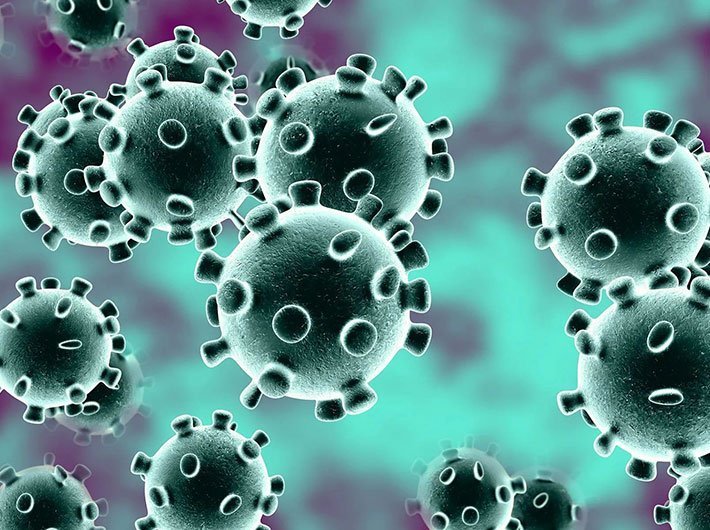As many as 57% people in slums and 16% in non-slum areas have had exposure to Novel Coronavirus, according to a serological surveillance survey for SARS-CoV2 infection jointly commissioned by NITI-Aayog, Municipal Corporation of Greater Mumbai (MCGM) and Tata Institute of Fundamental Research (TIFR). Prevalence was more among women.
The findings of the survey suggest that asymptomatic infections are likely to be a high proportion of all infections. Higher prevalence in slums could be possibly due to population density and shared common facilities (toilets, water points etc.)
Taking together the current estimated prevalence and BrihanMumbai Municpal Corporation (BMC) records on reported deaths, the infection fatality rate (IFR) is found likely to be very low and between 0.05% and 0.10%. The findings say that this could be attributed to effective containment efforts and active measures to isolate symptomatic cases by MCGM. Lower prevalence in non-slums could be due to better social distancing and access to better hygiene in addition to interventions by MCGM to stem the spread of infection.
The survey carried out in collaboration with Kasturba Molecular Diagnostic Laboratory, Translational Health Science and Technology Institute (THSTI), ATE Chandra Foundation and IDFC Institute collected 6,936 samples (out of the estimated 8,870) from the general population in the first round from three wards -- R-North, M-West and F-North in both slum and non-slum areas -- over period of 12-14 days in the first half of July 2020 and included 100% of target numbers in slums and 70% in non-slums.
“Based on BMC records, it seems that unlike the case fatality rate (CFR) at roughly 5%-6%, the infection fatality rate (IFR) of between 0.05%-0.10% in the three wards could be lower. Hence, together with relatively low prevalence in the non-slums social distancing and related precautions such as wearing masks are effective in slowing the infection spread and should continue as a new normal in all sections of the society independent of prevalence,” the BMC said in a statement Tuesday.
While the results will help in learning more about herd immunity the findings are unclear on what level of prevalence leads to herd immunity and indicate that at least in slums this could be attained sooner than later if the immunity exists and persists in a significant proportion of the population.
The survey participants were recruited following informed voluntary consent with age wise prevalence in the populations comparable in all the three surveyed wards. Anti-SARS-CoV2 IgG antibodies were detected using Chemiluminescence assay (CLIA) by Abbott.
Among the various Covid-19 tests, the sero survey is a more focused, population based test of high and low risk groups in select areas in addition to routine testing. The sero survey will not only help the government and its agencies monitor Covid-19 trends but also check for community transmission. A serological test looks at blood serum, the fluid part of plasma that is left after cells have coagulated. It indicates the presence of antibodies which are made in response to specific virus antigens. Scientists are yet to confirm the effectiveness of SARS CoV-2 antibodies or immunoglobulins in protecting from a second infection.
The study is aimed to estimate sero-prevalence in the population based on random sampling methodology across age and gender stratified samples from the general population and health care workers at two different time points to infer epidemic spread. The ongoing analysis will provide information on the presence of neutralizing antibodies and risk factors on SARS-CoV2 infection. Planned repeat surveys will provide information about infection spread in both slums and non-slums and could inform authorities about herd immunity.
The survey indicates that a large number of people in slums have been infected and the number of fatalities is not that high, Sandeep Juneja, professor, School of Technology and Computer Science, TIFR. It also suggests that the number of symptomatic people, particularly in slums in Mumbai, is very large. “As antibodies have now developed in these people after getting infected and they have recovered, so now these people will not be carriers of the virus. It could possibly be that somehow BMC was successful in taking away asymptomatic people, who are super-spreaders, early on and who could have passed on serious infection to others and that played a role in keeping infection asymptomatic.”
With only 15% to 16% people in high rises infected as compared to slums and more vulnerable to infection, the BMC will now focus on high rises as they are expected to see more infections.
Juneja however adds, “While no one wants to say it is herd immunity, the thinking is that because you develop antibodies, maybe for some time you have immunity. It looks like that for a large percent of the population for some time period you have some immunity. While this fact is yet to be established, the second round will reveal how the numbers are changing over time in slums as well as non slums.”
BMC additional commissioner Suresh Kakani sounds a word of caution for people and says that antibodies remain in the body for only two-three months and people must diligently follow new norms of social distance, personal hygiene and wear masks; otherwise a subsequent second surge may infect non-infected persons too.

